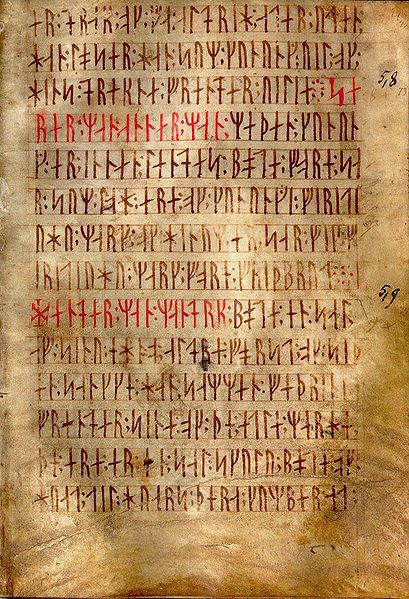
An empire with a hundred million inhabitants has many races, cultures and ethniticies. Some are more relevant, like the feidralin. Others are despised. That is the case of the runics. "No-clan" Runaros was a common dwarf until he was infected with nefilim leprosy in 1092 Post-Idura. The disease made his skin become grey and flaky, beard and hair turning into dry ash. But the disease was also lethal. Fearing a plague, his clan exiled him as it was custom everywhere after the Nefilim Invasion. No-Clan lost the security of the community, his family's love and everything he couldn't carry in the wagon. It's unknown what he did afterwards. No one has records, although the runics have a thousand stories, sometimes contradictory, about their founder. No one even knows how he died. What is known is that, somehow, he developed runic tattoos which slow, or, if applied fast enough, stop the progress of the pranic corruption caused by the disease. The tattoo is different for every individual, but the lines, curves and angles always seem to reflect the carrier's personality somehow. Runaros treated many and taught some of them.
Municipal archives in the empire and beyond started registering the presence of caravans self-named "runics" in 1165 PI. Itinerant bands of merchants, artists, charlatans, smiths, smugglers and thiefs, they were infamous and their merchandise was wanted in equal measure. Commoners disdained the runic customs and professions. The expression "runic way" soon appeared, when someone seeks advantages or jumps into an opportunity even if there's no clear reason or it's even dangerous to do so. In the other hand, this way of living was the only one in which the runics weren't prevented or forbidden from doing. The people always objected when a runic tried to be their neighbor. At most, there were slums nicknamed "leprosariums" where they lived apart and always outside the walls. Stealing was often the only way to survive, and not all runics were good people. But either good or bad, runics were more remarkable than the common man.
When they realized that they were many and with a common trait no one else had, they organized themselves. They founded the Lazarus Order and made deals with Dhalila's cult. Half the caravans would settle in isolated or empty places; each one would provide a volunteer, fully equipped, to integrate the order and protect runics everywhere from dangers that sometimes included crows of furious northerners and lords seeking scapegoats. The other half would remain going here and there, buying and selling as they always did. But now they would sell something in Dhalikastra's name, a product which ensures the opening of gates and even a measure of half-baked politeness: the adamant retrieved from falling nefilim nests eliminated by Dhalila's cult. Being pariahs. nomadism. adamant. selling of goods, services and information; all this makes the runics well-liked by adventurers and vice versa. After all, it's a simple step to go from runic to adventurer.

Nenhum comentário:
Postar um comentário